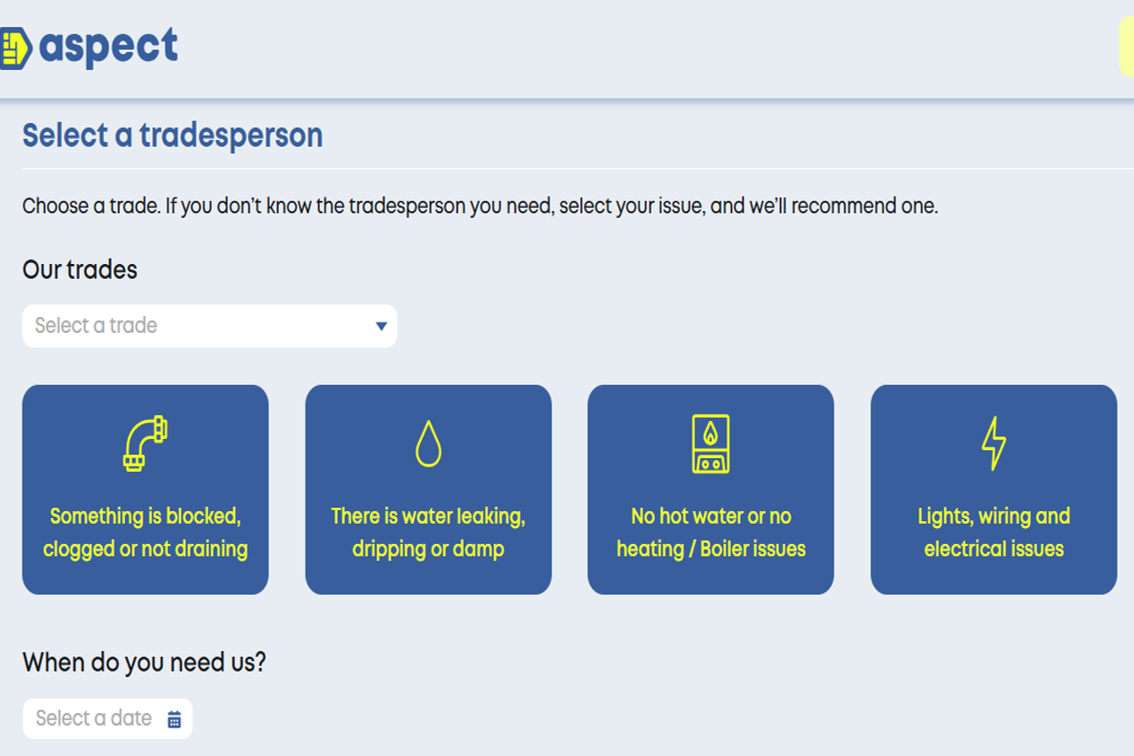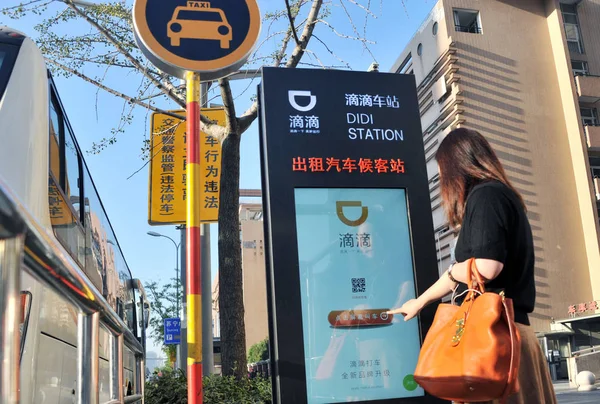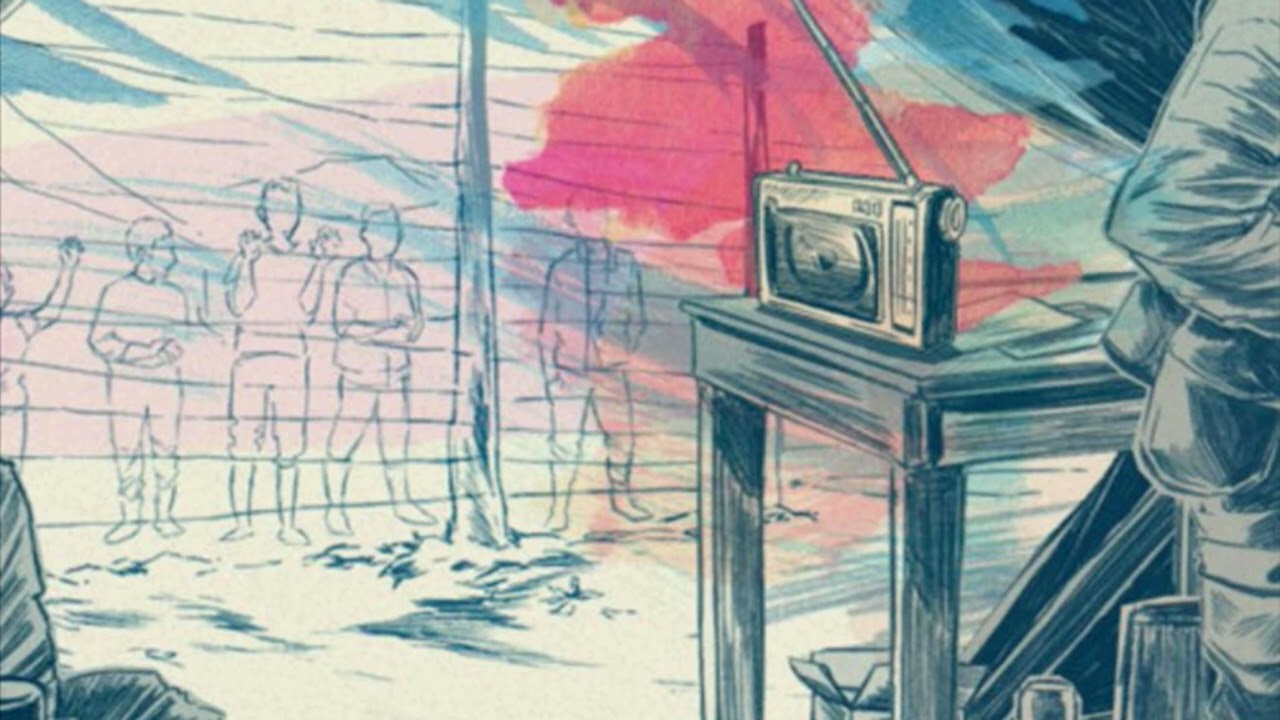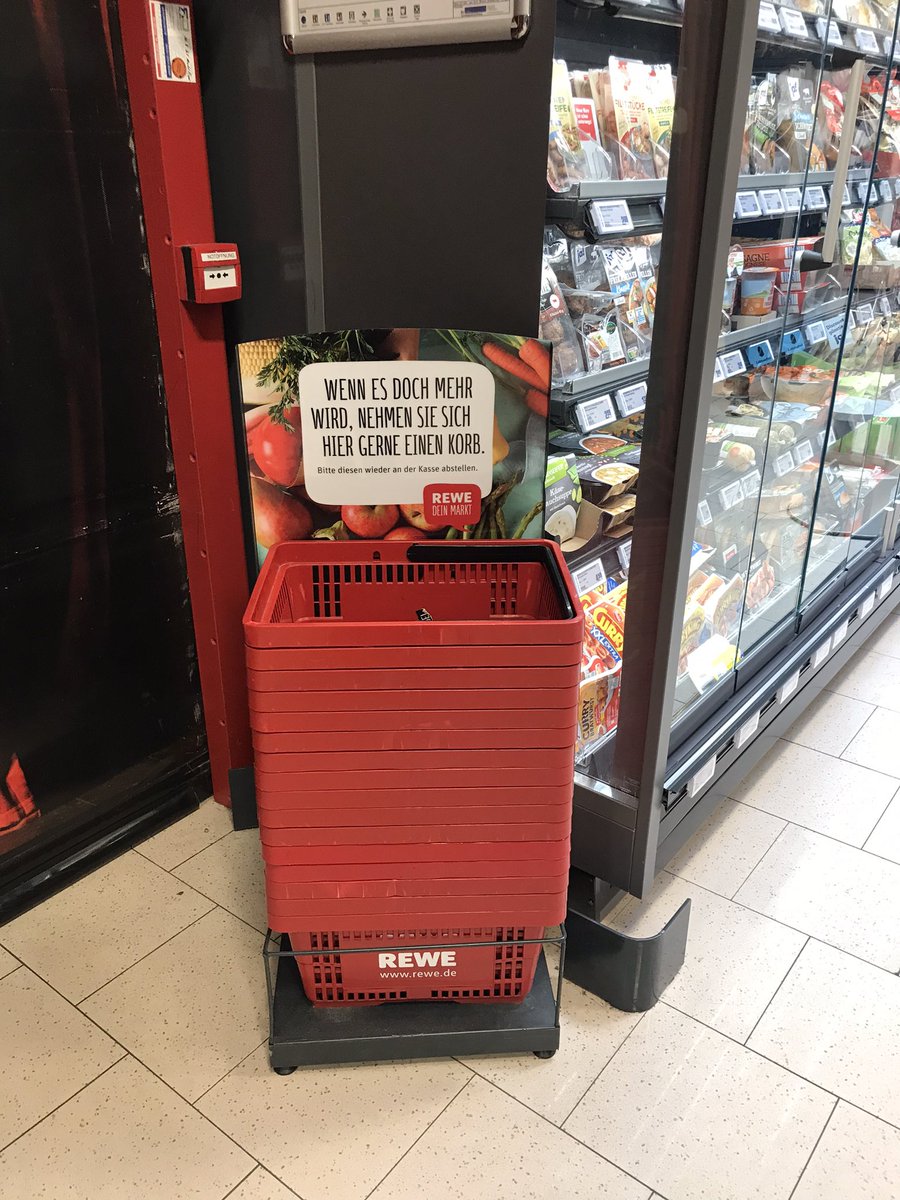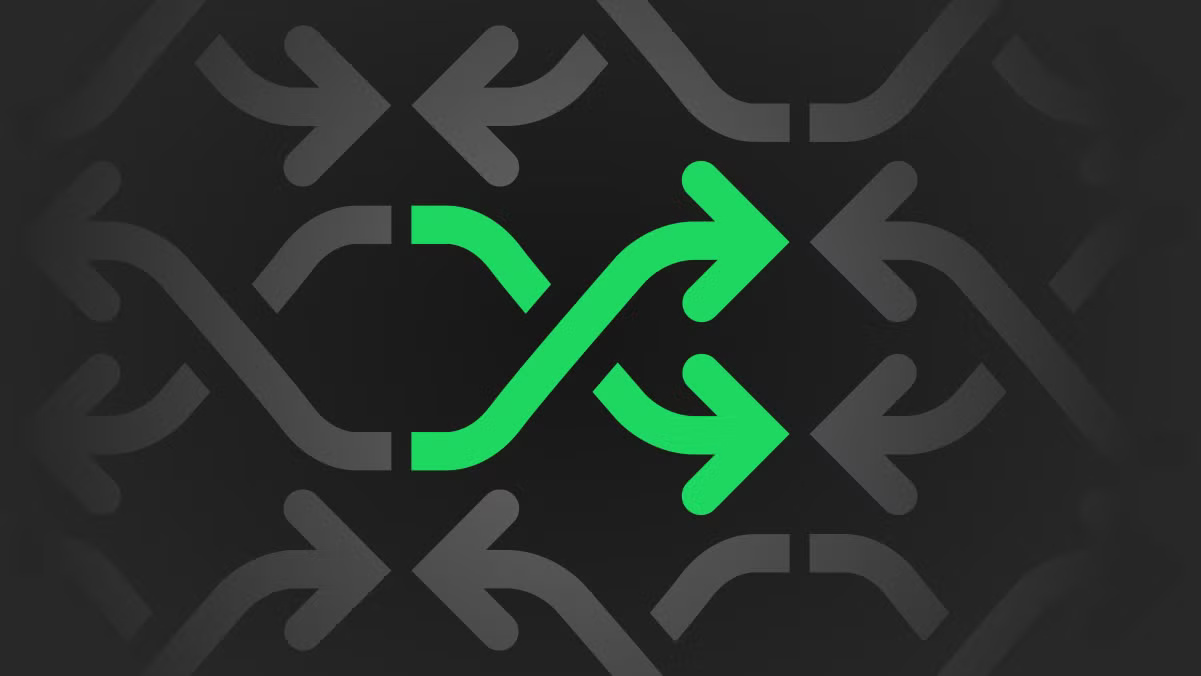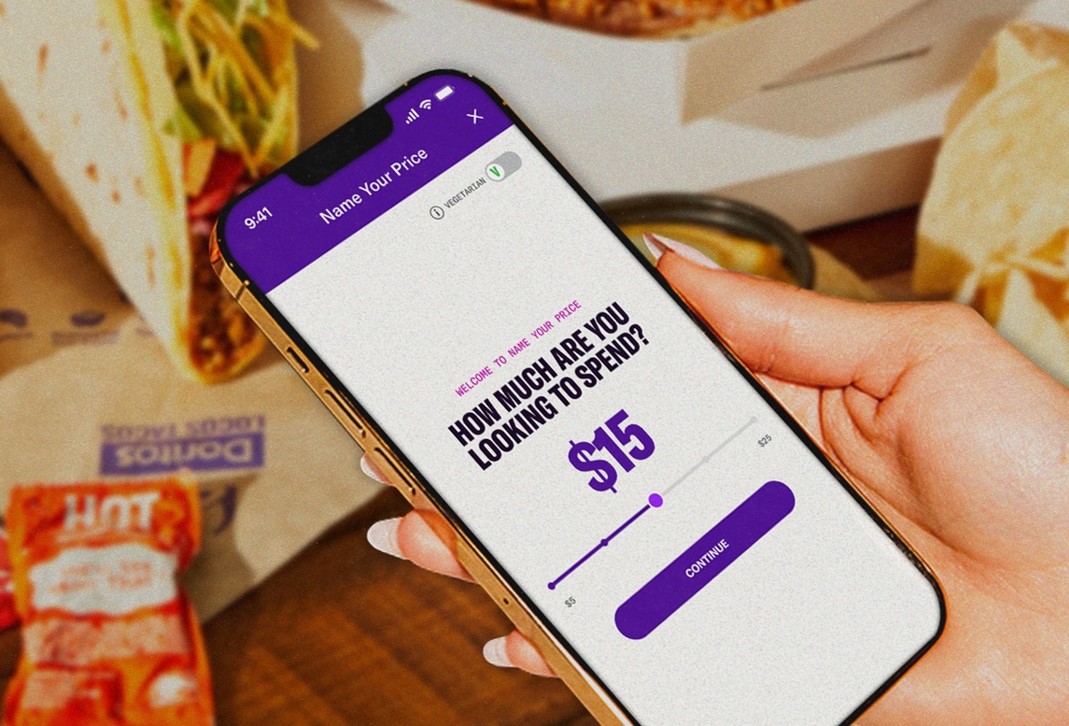Categorisation is key for any app, and Aspect does this from the consumers’ perspective rather than the marketers’: recognising people often know the problem they have but not the solution they need.
Consumer first thinking
Catering to the needs and behaviours of real people (not marketers).
China’s leading ride-hailing service installed giant touchscreens all around Shanghai so that people (especially the elderly) could still hail a Didi car without having a smartphone.
The UK wastes over 7 million tonnes of food annually, and a significant portion of that is food thrown away because it’s past the use by date. So the charity WRAP, in partnership with Ogilvy, introduced ‘days on date labels’ – a brain friendly labelling system that displays both the day and the date on the use by label. Although only in pilot stage, the concept has been rated well by consumers and shows promise for the future.
Getting home insurance is a serious faff, especially when providers ask you about intricate details you’ve never thought about. But the website GoCompare makes the process more consumer friendly by using visual cues. After all, it’s much easier to recognise your lock from an image than a description.
Hide it in a song. The Colombian army created a dance track called Better Days, whose chorus disguised a Morse code message saying “19 people rescued. You’re next. Don’t lose hope.” The song was then played on national radio to let captured soldiers know that the Colombian army was infiltrating FARC-controlled areas and coming to rescue them.
The brand has a simple rule: add ‘by monkeys’ to any sentence to stop yourself from creating writing that feels passive.
To address the issue of children in India not washing their hands with soap, Savlon created Healthy Hands Chalk Sticks. So when children put their hands under the tap before lunch, the chalk powder on their hands turned into soap on its own – a great example of starting a new behaviour off the back of an existing habit.
Rewe, a German supermarket, places baskets at the back of stores for people who have picked up too much to carry in their hands.
In the early days of Spotify, users complained the shuffle feature wasn’t random: how could two songs from the same artist play back to back? In reality the issue was a misunderstanding of chance and not the technology, so Spotify made the feature less random to make it seem more random.
The Taco Bell app has a feature that asks you how much you are willing to spend, and creates a combination of items accordingly. A smart innovation that saves consumers having to do mental maths.
In the early days of Taco Bell, Americans didn’t know how to pronounce Taco. So the company included phonetic spelling on all menus.
The newspaper recently released a new way of showing content popularity: the articles people are spending the most time with. A nice way of demonstrating quality, and an antidote to clickbait headlines.

